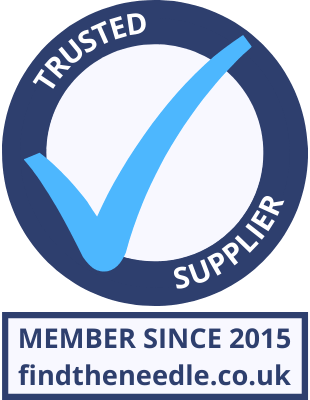 Add My Company
Add My Company
Sign In
Potable Water & Non-Potable Water
01-02-2023

Is Your Water Potable Or Non-Potable?
If you’ve never heard of the terms before, you might not know or care; but what if we told you the potability of your water can literally be the difference between life and death?
We’ve put together this quick guide to water potability, and what to do if you’re concerned about your own water supply…
What’s the difference between potable water and non-potable water?
Potable water is just another name for drinking water. It’s the type of water that’s safe to consume and to use in food preparation and cooking.
Potable water shouldn’t be confused with pure water. Potable water actually contains lots of impurities in the form of dissolved minerals, but it’s still safe to drink; in fact, your body needs these minerals to live. Ultra pure water, on the other hand, can pull those nutrients out of our bodies; so drinking a lot of it can be very dangerous for your health.
Non-potable water is the opposite. It’s water that is not safe to consume, although it’s still useful for different purposes.
Examples of non-potable water in the home include dishwasher and washing machine water, as well as hosepipe water for gardening and the wastewater from toilets.
As for commercial properties, non-potable water has many applications in many different industries and processes. For example, rainwater can be harvested from rooftops to run HVAC cooling towers, or to irrigate crops on agricultural sites.
While we’re here, we should probably mention palatable water. This is water that’s pleasant to drink, but not necessarily safe to drink.
Water which tastes and/or smells horrible may still be considered potable, and water which tastes and smells nice might still contain harmful contaminants. Here in the UK and in most other countries, the water you get from your water company has been treated to be both potable and palatable.
What affects the potability of water?
The drinking water you get from the kitchen tap is usually fresh water which has been filtered and sterilized by your water company to create a potable water supply.
Non-potable water contains contaminants which make it unsafe to drink. These might be microbes such as bacteria and viruses, physical material such as river sediment and organic matter, or chemicals and elements such as iron, lead, nitrogen or bleach.
It’s often the conditions and the environment in which water is stored and used which affects its potability. For example, stagnant water will often attract bacterial growth; lead pipes and corroded pipework can spread contaminants into the water that runs through them; and plastic water tanks can leach non-potable gases and bacteria into the water inside them.
For more information on Potable Water & Non-Potable Water talk to Dynamika UK Ltd
Enquire Now
List your company on FindTheNeedle.

